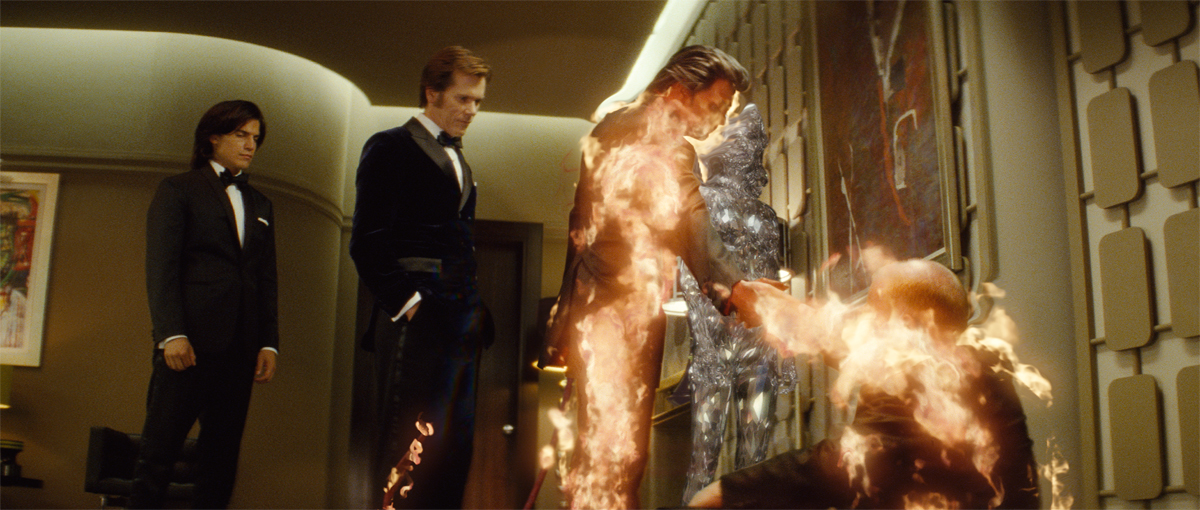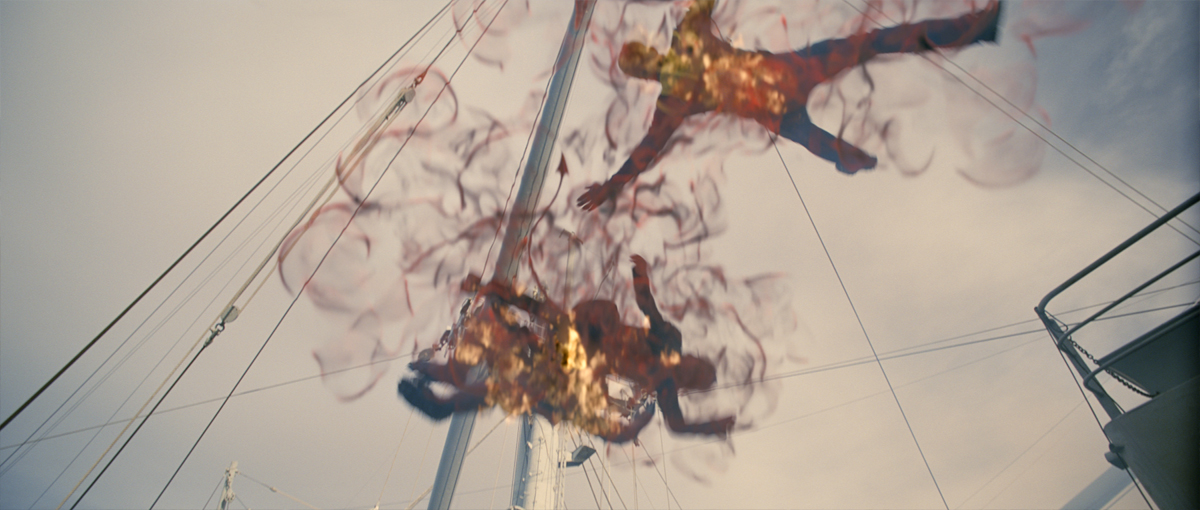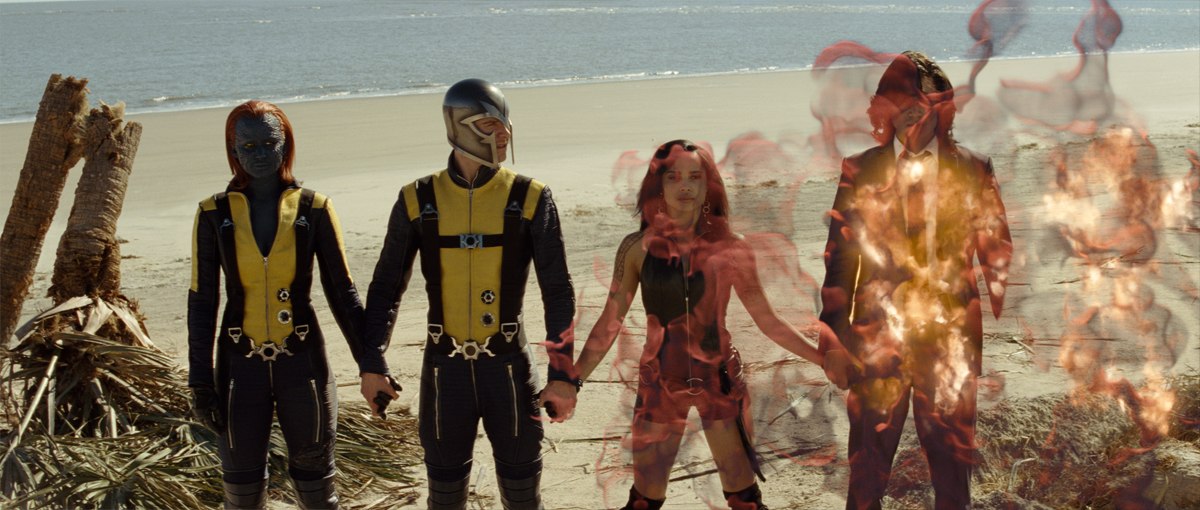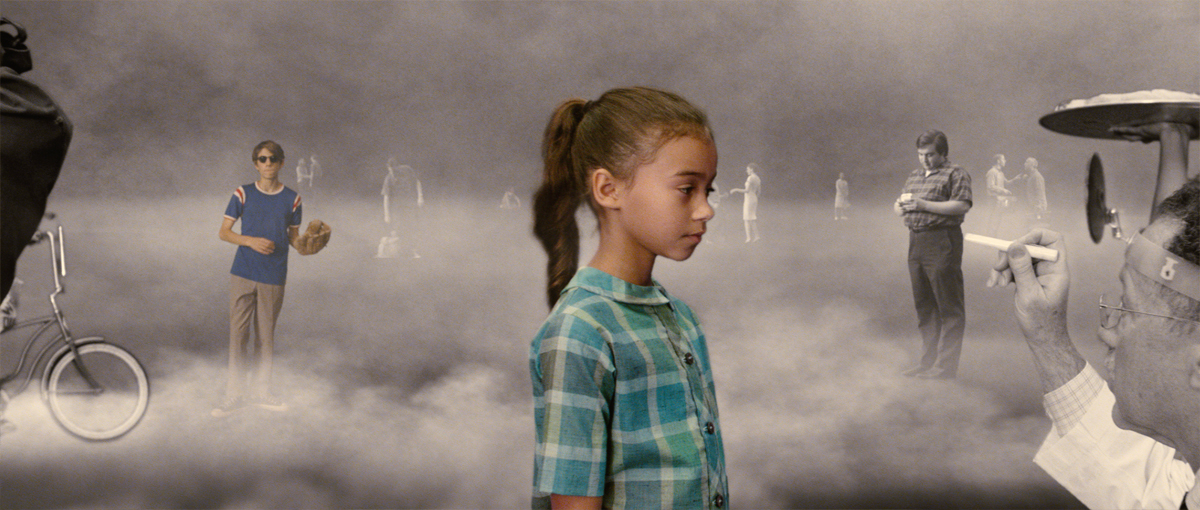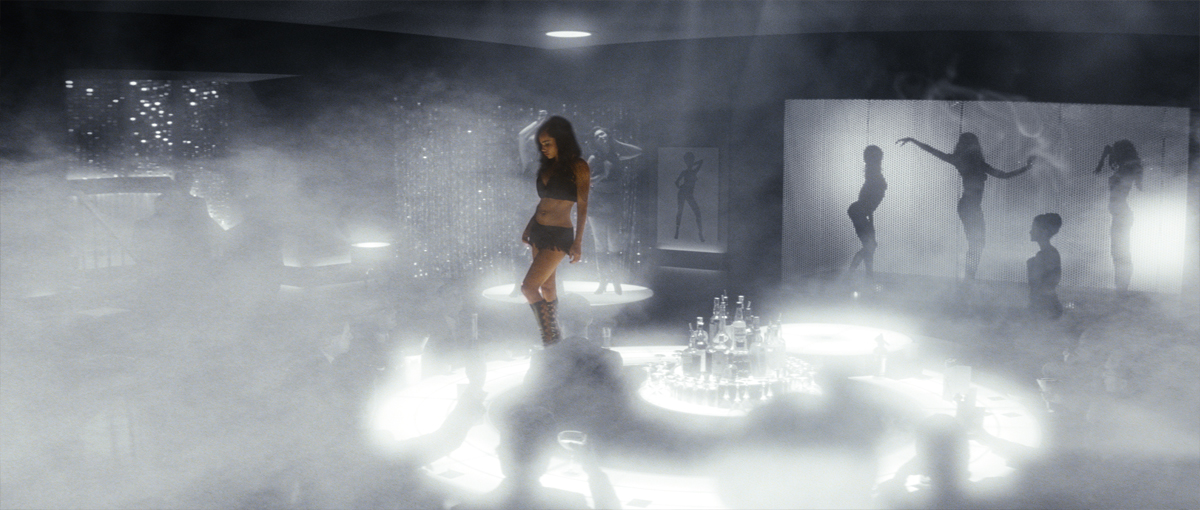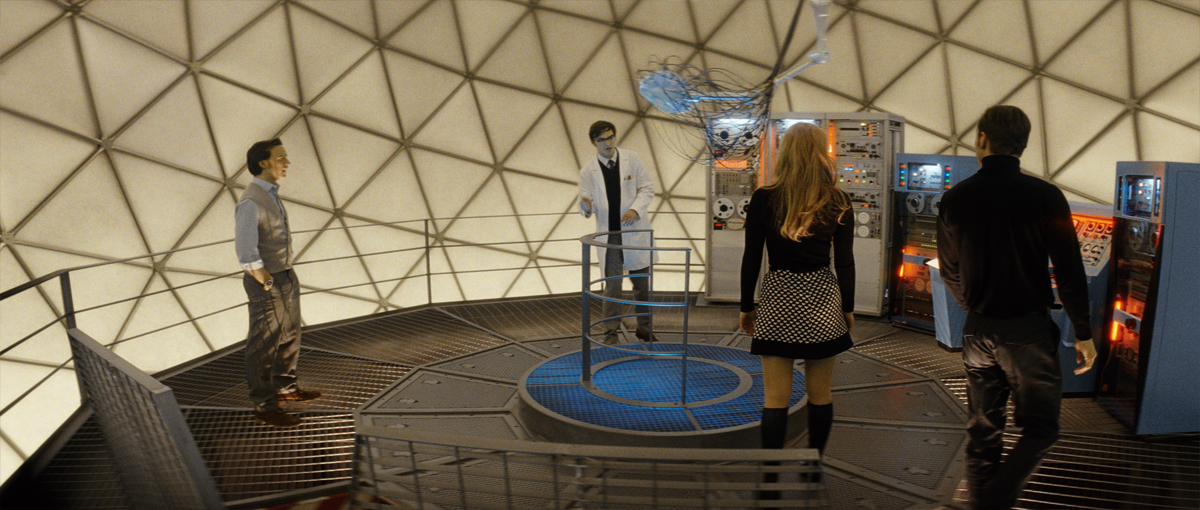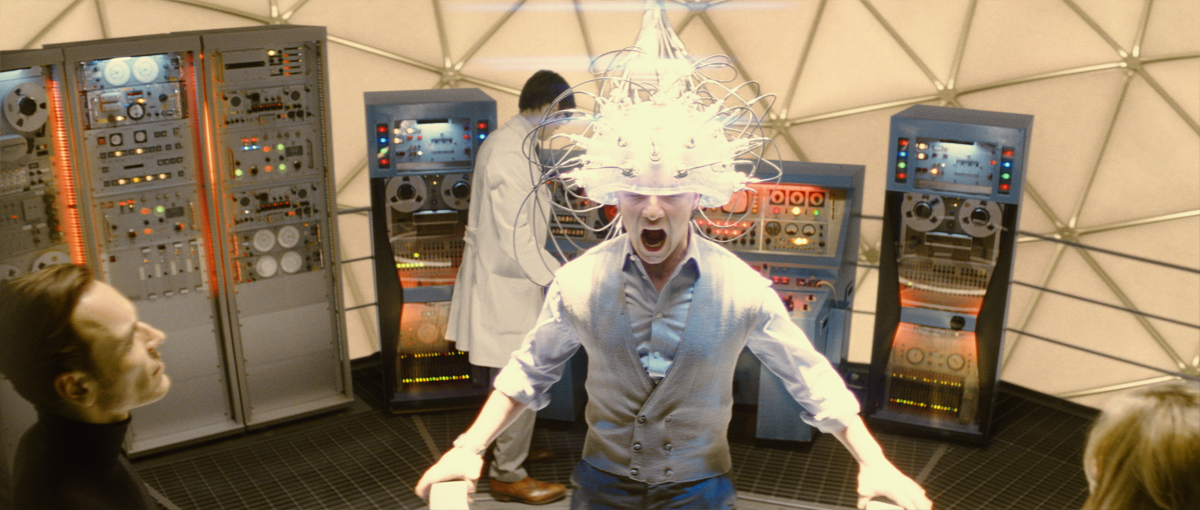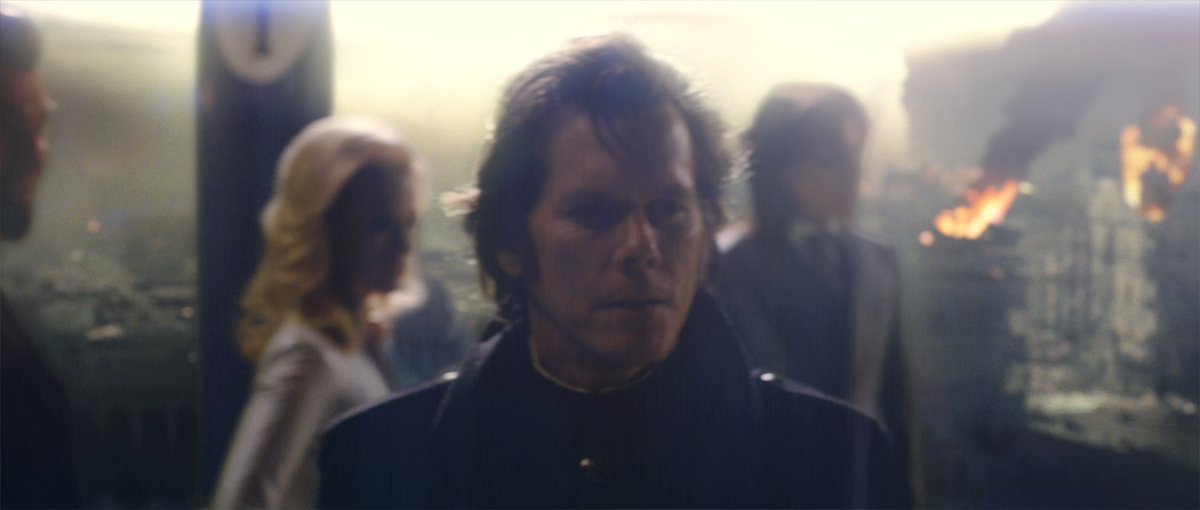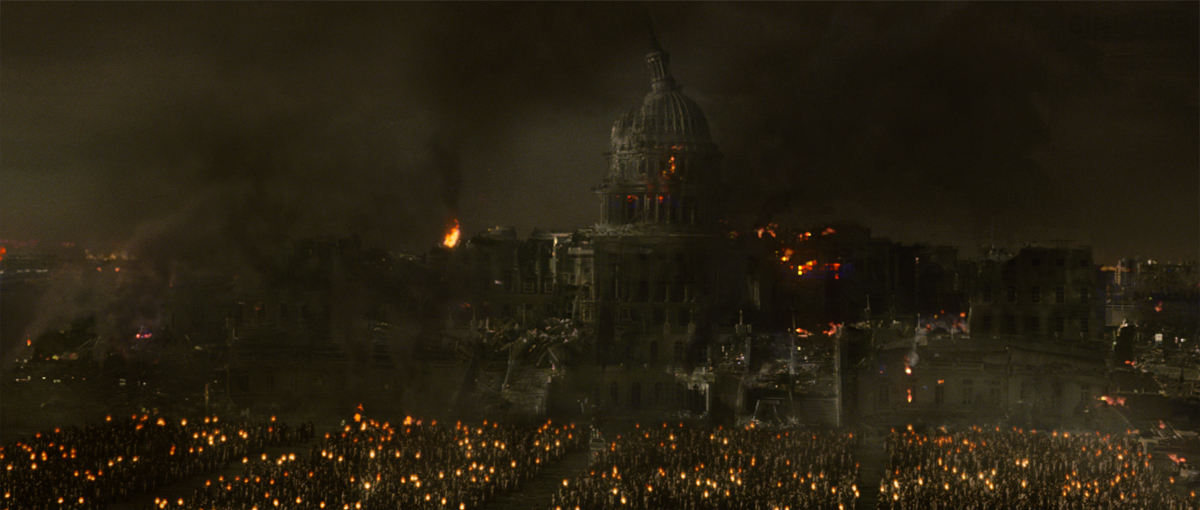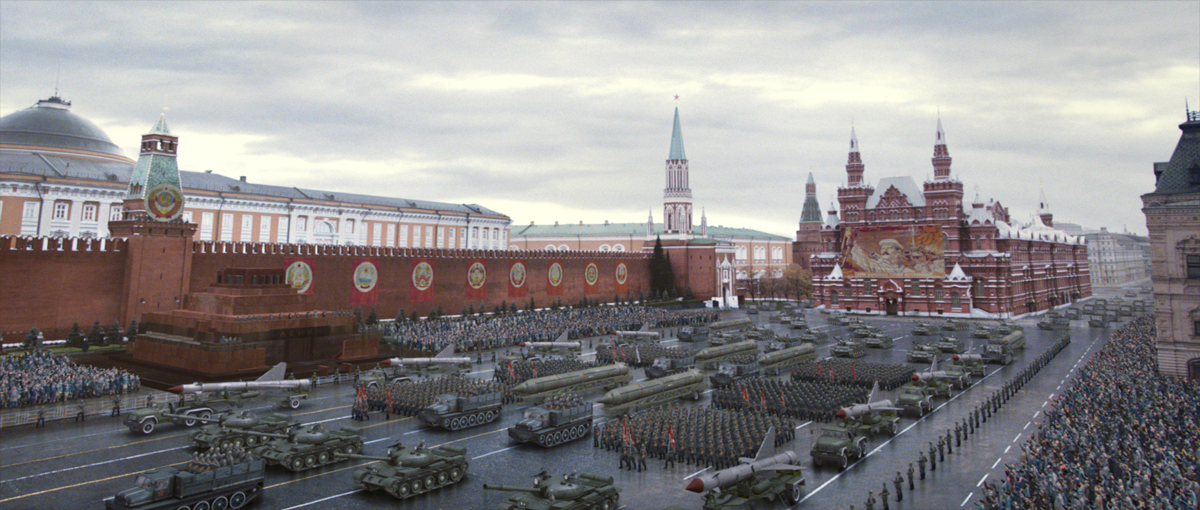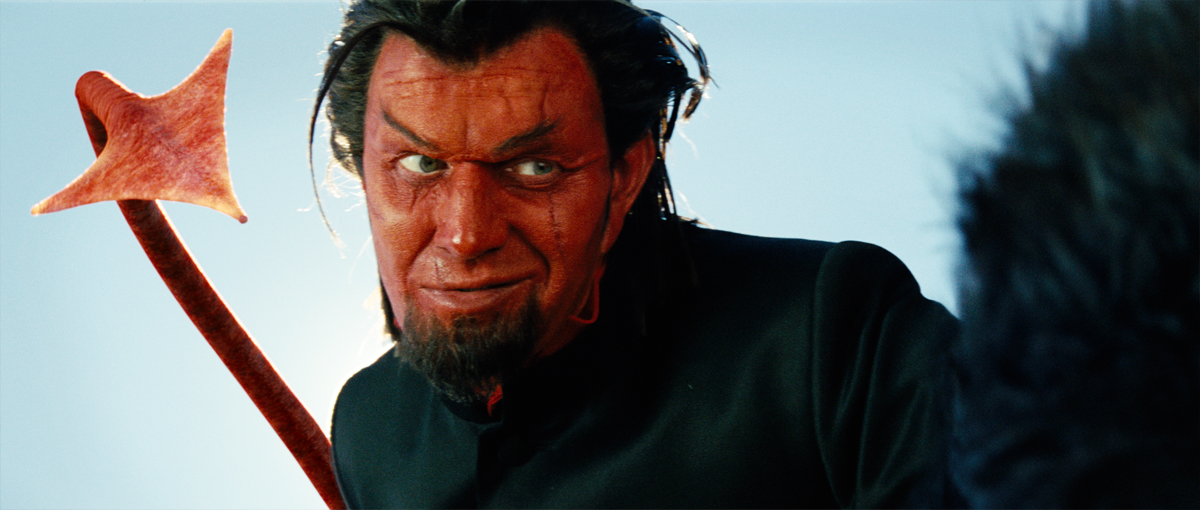After he had explained the impressive work of Cinesite on THE CHRONICLES OF NARNIA: THE VOYAGE OF THE DAWN TREADER, Matt Johnson is back on The Art of VFX. He talks about his work on X-MEN FIRST CLASS.
How did your collaboration with director Matthew Vaughn and VFX designer John Dykstra?
Working with both Matthew Vaughn and John Dykstra was terrific. VFX is such a collaborative process, because we are all working together to get the best looking images on screen. The added bonus for me is that like for many of your readers, John Dykstra is a bit of a hero figure. I kept pinching myself on set, thinking, “I’m having conversations with the STAR WARS guy!” Which, to be honest, is the reason I got into visual effects in the first place. It’s even better to know that John Dykstra is a nice guy.
How did Cinesite get involved in this film?
Cinesite are lucky to have worked on a bunch of Fox projects, and indeed previous X-MEN movies. I guess a combination of our track record and saying the right things in the bidding meetings helped!
What are the sequences made by Cinesite?
It was great that we had a broad cross section of work on the show, ranging from redesigning the retro sixties version of the Cerebro Room effect, through to creating fully CG environments like Moscow’s Red Square and a post-apocalyptic Washington DC. Additionally, we created Azazel effects, which included a bunch of cool fight sequences.
How was the shooting of the shots in which Azazel disappears?
We were keen to limit the number of locked off disappearances, when it’s obvious to the audience how the clean plate has been created. There are, of course, a few of those, but during the fight sequences we tried to allow the camera moves to be as dynamic as possible, going back and shooting tiled clean plates, which we tracked and blended into the principal photography.
Can you tell us how you create the awesome fight sequence between Azazel and CIA agents?
I’m glad you thought it was awesome! As I said, it was a very free-form multi-camera shoot. We had everything from hand-held cameras, steadi-cams and the occasional shot on a tripod. We didn’t want the visual effects process to hamper the dynamic nature of the action, so we utilised the clean plate technique I previously described. All credit goes to the stunt guys, and indeed Jason Flemyng (Azazel) who was clearly revelling in the opportunity to become a martial arts star! One of the cool things about Azazel is the fact that he can use his tail as a weapon, which added another dimension to the fight choreography. We applied several techniques, everything from getting the stunt performers to stand on tiptoe, to physically yanking them from side to side with a rope, to give the impression that they were being throttled with Azazel’s tail.
Azazel is, of course, influenced by the Night Crawler from X2, so we were tasked with creating a teleportation effect that is redolent of that movie. However, Azazel’s devilish persona required a more pyrotechnic disappearance. Steve Shearston, our Lead FX TD, created complex fluid simulations for both the smoke and fire effects. These simulations interacted with rotomated digi-doubles. This allowed the performers to appear to interact with the smoke and fire elements. For example, as Azazel teleports into frame, the fluid effects dynamically move and interact with the actor’s performance. The 3D artists rendered several different passes that the compositing team could tweak to blend the effects into the plate.
Did you create previz for this impressive scene to help prepare the choreography and the shooting?
We didn’t use previz in this case. We wanted to allow the stunt co-ordinators free reign in creating a cool fight sequence. We worked closely alongside the stunt guys to make sure we took full advantage of the opportunities that Azazel’s character presented.
Did you create a digital double for Azazel and agents?
We did create a fully CG Azazel, however the live action performances were so dynamic that we ended up not having to use it. It’s a cool turntable though!
What references or indications have you received for the teleportation effects?
Like I mentioned earlier, we looked at the Night Crawler effect in X2. We also referenced a lot of live action pyrotechnic elements in order to make our fluid simulations feel as realistic as possible. We didn’t want the effect to look like a genie appearing in a puff of smoke!
What was your sense of recreating the Cerebro with a retro look?
One of the things that I liked most about this X-MEN movie was the James Bond 1960s feel. Everything from the costume and production design through to the anamorphic cinematography. All that stuff just looks cool. For the Cerebro effect, Matthew was keen to reference the smoky environment from the first X-MEN movie. What we tried to do in this film, to keep a sense of the old school “optical” nature of the production was to get the smoke or atmosphere to look as real as possible. We shot several blue screen figures, both as groups with simple camera moves and also as static full frame images. We used the camera move as a basis for the different shots and then underwent a complex process of retiming the action to give it the Cerebro sense of travel through Xavier’s mind.
We created the scenes using the 3D capabilities of Nuke and we were able to populate these plates with other blue screen elements, which were all positioned correctly within Z space using a Nuke created 3D camera to rephotograph the scene. These characters could be made to appear on cue as the camera whooshed past them. The atmosphere in this environment used a combination of elements, both full 3D smoke fluid simulations and live action smoke elements, reprojected onto Nuke geometry in order to impact the correct sense of depth and parallax as the camera pushed through the frame. We took this effect to extremes in the transition through to the Hellfire Club, even subtly adding matching cigarette smoke to our composite, which blended through into the live action photography as a guy brings a cigarette to his lips. The audience will never see it, but it was kind of fun to do!
How did you create the set extension for Cerebro?
In keeping with the 1960s James Bond style, the inspiration for this set came from the opening sequence of YOU ONLY LIVE TWICE. The brief for this movie was to keep everything very simple. The guys had only just invented the process, so it needed to look a little more low-tech, rather than the shiny splendour of the later movies. So basically, we created a CG geodesic dome, which we then carefully lit and tracked in to the live action green screen photography.
How did you create the shot showing Washington DC devastated?
For the Washington DC scene, the Hero mutants were shot on a plinth against a green screen. We camera tracked the action and created an over-sized panoramic matte painting of a post apocalyptic Capitol Hill. This painting was projected onto basic 3D geometry in Nuke. Within this Nuke environment we added a bunch of live action pyrotechnic smoke and fire effects. We also added scintillating smoke and flame effects for the distant burning buildings on the horizon. In front of the Capital building, we created a Massive CG mutant army based upon scans and texture photographs of five mutants in costume.
What references did you receive for the creation of the various establishing shots?
For the Washington DC view we designed some concepts ourselves and presented these to production, refining them until Matthew was happy with the layout. Google Image Search has proved very useful on this show and I rapidly became an expert on 1960s Cold War hardware and locations.
Can you explain the creation of the impressive shot showing the military parade on Red Square in Moscow?
The Red Square shot, for me personally, was the most fun part of the production. Aviv Yaron, our Head of Visual Effects Photography, and I spent a week in Moscow texture photographing in Red Square. It was a terrific experience and I learnt an awful lot about Russian bureaucracy!
Aviv utilised a robot controlled pan and tilt head, which enabled us to shoot very high resolution over-lapping tiled panoramas from various locations from ground level in the Square itself. We were also lucky enough to obtain permission to photograph from various windows along the façade of the GUM department store. This building was the closest to the actual angle required in the plate. These high resolution images were used to create both fully 3D buildings, based upon photo mesh photogrammetry techniques and also as projection elements that formed part of a vast Nuke layout.
David Sewell, our Compositing Supervisor, worked extensively on this shot, along with Anthony Zwartouw, our CG Supervisor, in order to blend the 2D projection and CG buildings successfully. As I mentioned earlier, I became an expert on Soviet military hardware, finding footage online of the actual 1962 military parade; we matched the vehicles exactly to the types used in that period. The various vehicles were all modelled in 3D, including rocket launchers, tanks and armoured personnel carriers. These vehicles were augmented by a marching Soviet army, cheering crowds and the more static members of the Polit bureau. All the people were Massive simulations, with marching based upon multi-camera reference video I took of an actual Russian soldier. We modelled and textured a variety of soldiers and Russian citizens and used them to populate the scene.
What was the biggest challenge on this project?
The biggest challenge was also what made it most interesting, and that was the diversity of the work. In any given dailies session I could be looking at the latest iteration of a Soviet tank, through to the dynamic fluid simulations of the transportation effect. It was nice to have such a wide variety of work, and a team who were so keen on getting their work to look cool.
Has there been a shot or a sequence that prevented you from sleeping?
I never get to sleep during post production. I’m one of those people who will wake up at 3am and instantly start thinking about work. I think some of my best ideas come in this sleep deprived state.
How long have you worked on this film?
I was involved in the movie throughout shooting until the end of post production, which totalled about nine months.
How many shots have you made and what was the size of your team?
We worked on 115 shots.
What do you keep from this experience?
Apart from a great trip to Moscow, I met lots of good people, some of whom I’m working with on my next project. Plus, as I said earlier, meeting a childhood hero and finding out that he’s a nice bloke was also gratifying.
What is your next project?
I’m already hard at work on the next project, but apparently I can’t tell you what it is yet!
A big thanks for your time.
// WANT TO KNOW MORE ?
– Cinesite: Dedicated page about X-MEN FIRST CLASS on Cinesite website.
© Vincent Frei – The Art of VFX – 2011



